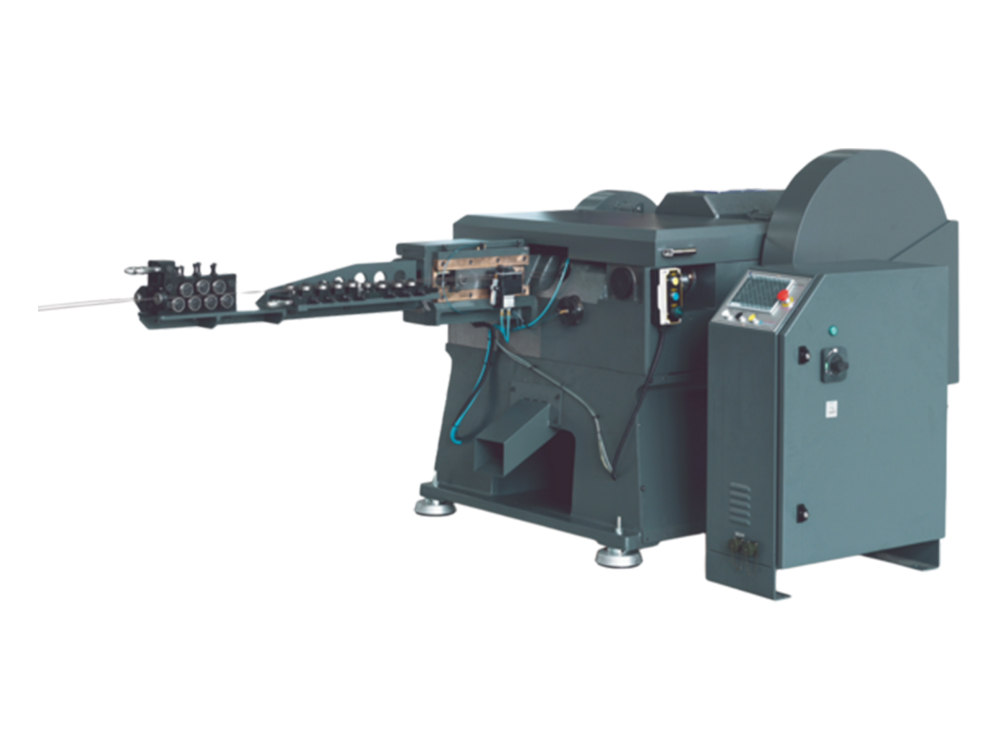The Importance of Supportive Environments
The journey to recovery is one of profound transformation, and like any metamorphosis, its success often hinges on the environment. When an individual commits to overcoming addiction, their environment plays an outsized role in either hindering or aiding their progress. This is where supportive environments, such as Sober Living Homes in Colorado, become vital. Such environments provide more than just a safe place free from substance abuse; they offer a culture of shared experiences, mutual respect, and collective support that can empower an individual in their recovery journey. Research supports the notion that a reinforcing environment can substantially benefit those recovering from addiction. Studies from esteemed journals, such as those housed within the National Library of Medicine, demonstrate solid linkages between a supportive living space and improved sobriety outcomes. In these studies, environments that cultivate sobriety, foster life skills, and provide peer camaraderie have been shown to reduce instances of relapse significantly.
Elements of Supportive Living
Several critical components of supportive living collectively create a nurturing space for recovery. Firstly, the most evident feature of such spaces is the sobriety-centric culture. By eliminating substances from the living environment, the temptation is minimized, thus removing one of the primary triggers for relapse. Secondly, structured routines offer consistency and stability. Daily schedules, which include therapeutic activities, group interactions, and personal self-care practices, instill a sense of discipline and normalcy. Additionally, recovery homes often provide access to ongoing therapy and medical attention. This facilitates an integrated approach to health, addressing not just physical issues relating to addiction but also underlying mental health challenges—the cornerstones of a successful, long-term recovery strategy.
Transitioning to Recovery Housing
Making the move from an inpatient rehabilitation facility to a more autonomous living situation can be daunting for an individual newly in recovery. Sober living houses offer an intermediary solution that provides a graduated level of independence. These residences reinforce the lessons and coping strategies learned during treatment, promoting resilience and self-efficacy as residents gradually reintegrate into society. The emphasis within these settings on shared responsibility and community engagement also fosters a sense of belonging and purpose—critical elements for many in this recovery phase. In this spirit of collaborative healing, many find the strength to forge ahead in their recovery without feeling overwhelmed by the responsibilities of independent living.
Choosing the Right Environment
Deciding on the right supportive living environment is part of the recovery journey. Prospective residents and their support networks must consider various factors, including the house’s philosophy, programs, location, and overall environment. This stage is all the more critical as the congruence between the individual’s needs and the offerings of the recovery house can significantly influence the outcome of one’s recovery journey.
Economic Aspect of Recovery Housing
The cost of recovery housing can often be a barrier for those looking to take advantage of such supportive environments. Discussing finances openly and exploring options such as scholarships, sliding scale fees, or insurance coverage can offer avenues for individuals for whom cost is a concern. It’s crucial to recognize that recovery should be accessible to all, regardless of economic status, and as such, the economic aspect of recovery housing is an essential factor to consider.
Role of Policy and Regulation
Understanding the legal framework, policy, and accreditation surrounding recovery homes is vital for those researching their options. With an industry that runs the gamut from nonprofit organizations to private enterprises, looking for those with established credentials and a history of compliance with state and federal regulations is essential. These standards ensure a level of care and security that can significantly influence the quality of the recovery experience.
Future of Supportive Living
As societal perspectives on addiction continue to shift towards a more nuanced and empathetic understanding, the services and facilities available for recovery will likely adapt and innovate. The integration of technology in therapeutic methods, alongside policies that prioritize mental health and addiction recovery, signals a bright future for supportive living environments and their role in aiding individuals on their path to recovery. Searching for an appropriate supportive living arrangement can be overwhelming, particularly for unfamiliar people. The Substance Abuse and Mental Health Services Administration (SAMHSA) is a critical resource in this journey, providing access to comprehensive directories and tools to simplify the search for reputable recovery housing. SAMHSA’s platform is designed to assist individuals in finding environments that foster recovery, promoting spaces that are not only safe but conducive to personal growth and rehabilitation. Through its dedication to offering reliable information, SAMHSA ensures that those in need can find supportive living options that align with their recovery goals. This resource is instrumental in bridging the gap between individuals seeking help and the supportive living arrangements that can facilitate their path to recovery.

















